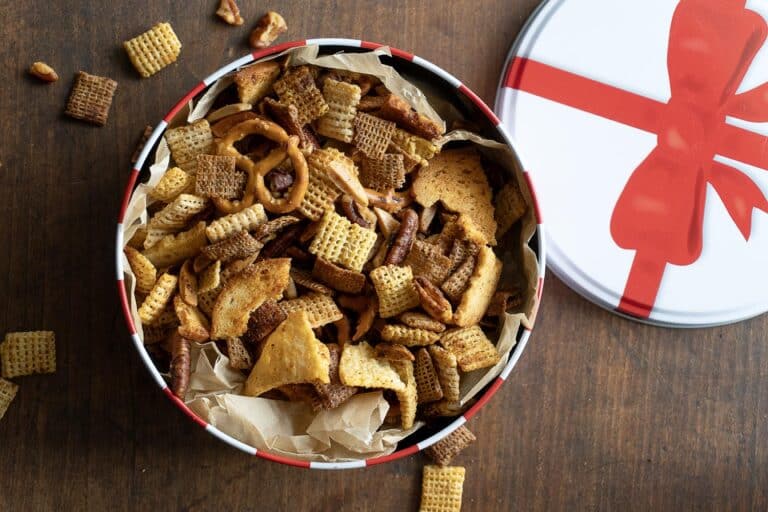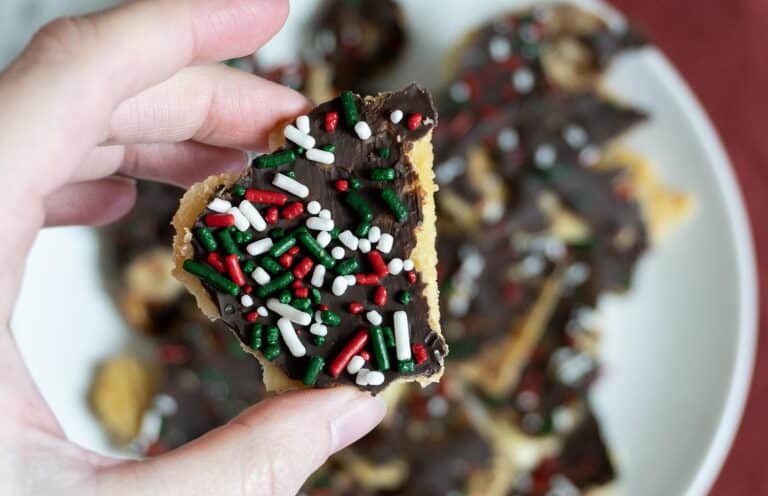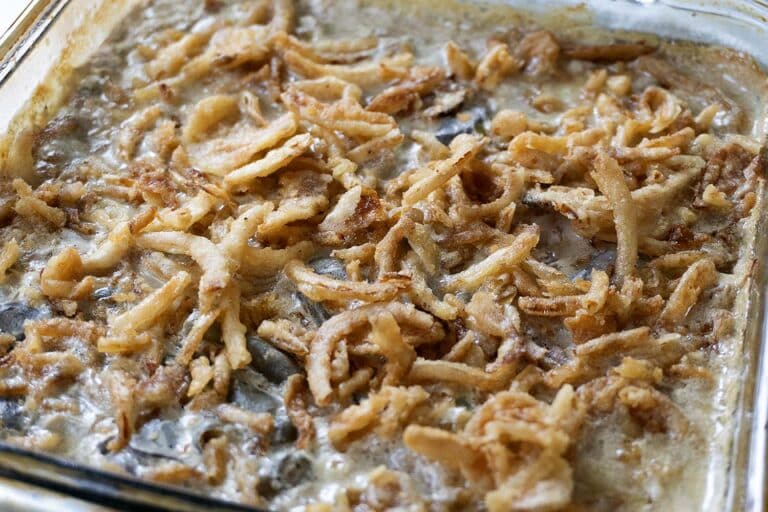Texas Kolaches Recipe
This Texas kolaches recipe brings a taste of Czech heritage straight to your kitchen, combining soft, slightly sweet dough with sweet or savory fillings. Popular at bakeries across Texas, kolaches are a comfort food that bridges generations and cultures.
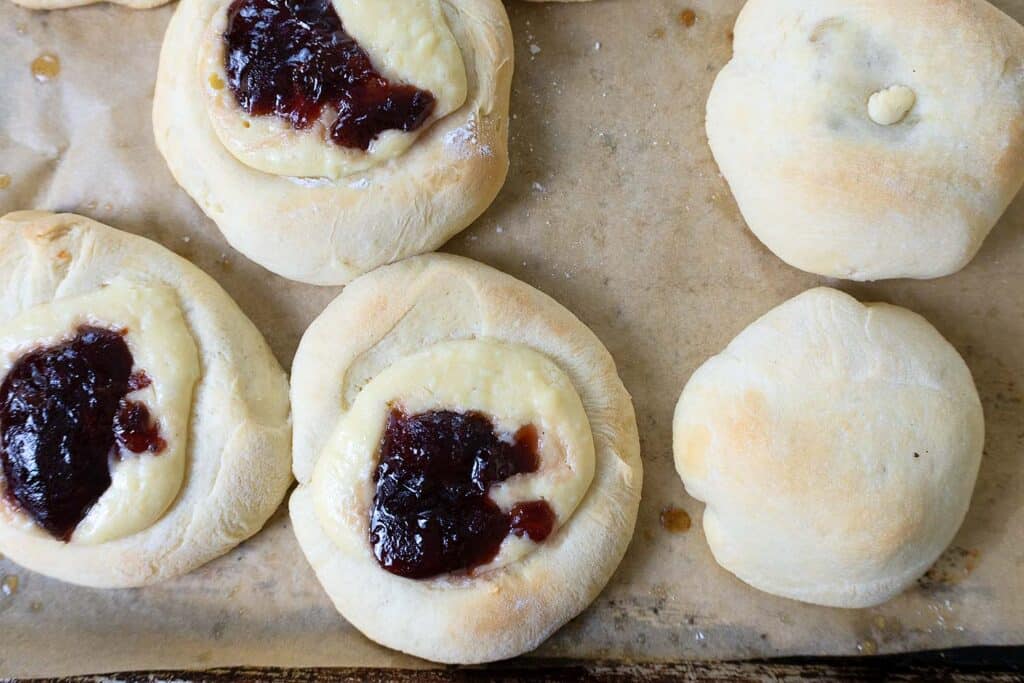
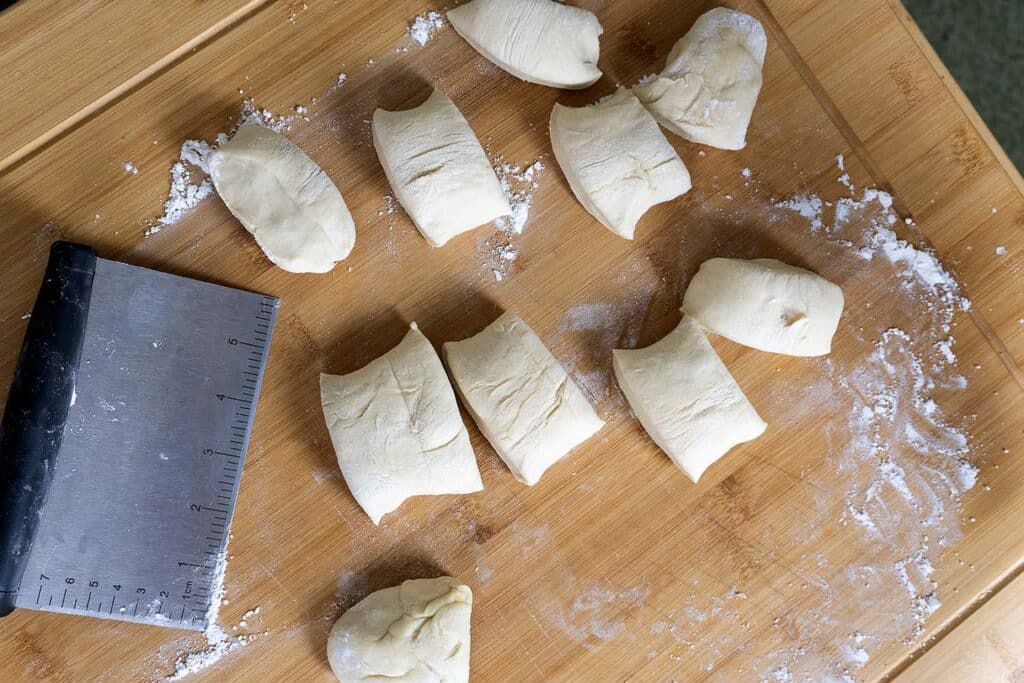
Where Did Kolaches Originate?
Kolaches originated in the Czech Republic, where they were traditionally made as small, fruit-filled pastries served at special occasions and family gatherings. They featured sweet yeast dough filled with poppy seed, prune, or apricot jam, often topped with a simple streusel. Czech immigrants brought kolaches to Central Texas in the 1800s, where the recipe adapted over time to suit local tastes and ingredients.
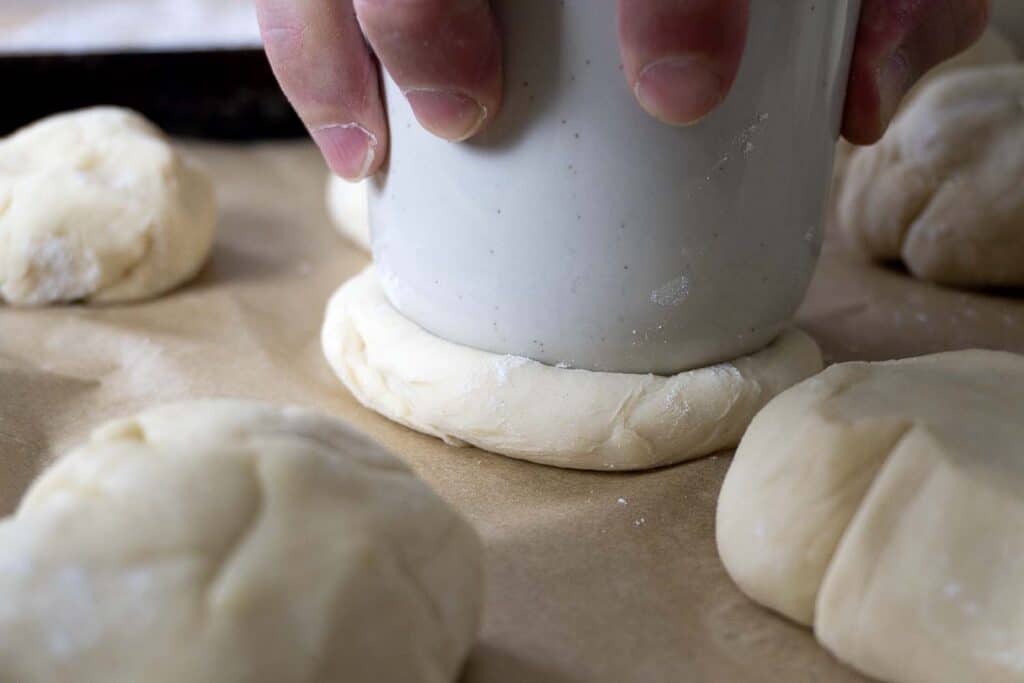
Are Kolaches a Texas Thing?
Kolaches are absolutely a Texas thing—especially in towns like West, Caldwell, and La Grange. While their roots are Czech, the Texas version has taken on a life of its own. Today, you’ll find kolaches filled not only with fruit and cheese but also with sausage, eggs, jalapeños, and more. They’ve become a staple in gas stations, bakeries, and home kitchens alike. Whether you’re grabbing one for breakfast or serving them fresh from the oven, kolaches are now part of everyday Texas life.

What’s the Difference Between Klobasnek and Kolaches?
It comes down to the filling:
- Kolaches are traditionally sweet, filled with fruit preserves, cream cheese, or sweetened poppy seed paste.
- Klobasnek (plural: klobasniky) are savory, filled with sausage, cheese, or other meats.
Though they share the same dough, they’re technically different types of pastries. However, in Texas, most people call them all kolaches, regardless of filling.

Storage Instructions
- Room Temperature: Sweet kolaches can be stored in an airtight container at room temperature for up to 2 days. Savory ones should be refrigerated.
- Refrigeration: Store meat or cheese-filled kolaches in the fridge for up to 4 days. Reheat in the oven or microwave before eating.
- Freezing: Both sweet and savory kolaches freeze well. Wrap individually in plastic wrap, then store in a freezer-safe bag for up to 2 months. To reheat, thaw overnight in the fridge or microwave directly from frozen.

